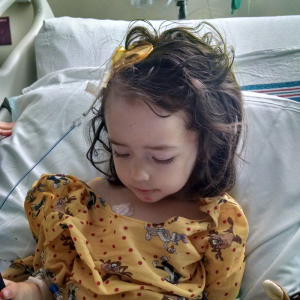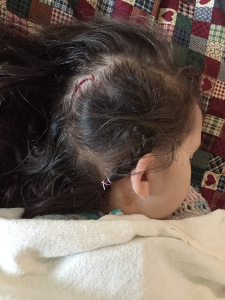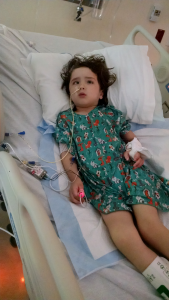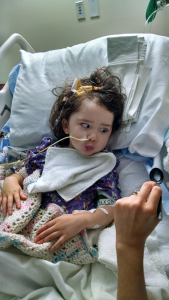A neurosurgeon is a doctor who specializes in the diagnosis and surgical treatment of disorders of the central and peripheral nervous system including congenital anomalies, trauma, tumors, vascular disorders, infections of the brain or spine, stroke, or degenerative diseases of the spine. Less technically speaking, they’re the ones that “go inside” and scoop out what’s not supposed to be there.
They also have nurse practitioners that do many tasks pre-op and post-op. In Kiara’s case, all of the nurse practitioners are brilliant and beautiful women (seriously, could they be more perfect?). Kiara’s neurosurgeons themselves are unbelievably smart and capable.
Neurosurgeon vs. Neurologist
When a patient has neurological symptoms, often their initial evaluation is with a neurologist, who might obtain imaging to get to the source of the problem. If they discover a structural problem, such as a tumor, they’ll refer the patient to a neurosurgeon. Both doctors treat the same organ, but neurosurgeons operate and neurologists don’t.
Neurologists treat disorders, such as stroke, Alzheimer’s disease, headache, epilepsy, Parkinson’s disease, sleep disorders, multiple sclerosis, pain, tremors, brain, and spinal cord injuries, brain tumors, peripheral nervous disorders and amyotrophic lateral sclerosis. Neurosurgeons treat head and spine trauma and injuries, brain or neck aneurysms or clogged arteries, brain and spinal tumors, and anatomical and structural defects.
Pro Tip: Try to see a neurosurgeon. If you have a clean MRI, then they will refer you to a neurologist or other specialist that can manage your treatment. If their first available appointment isn’t for months, go to the ER and see the neurosurgery nurse practitioner on call. It’s worth it.



